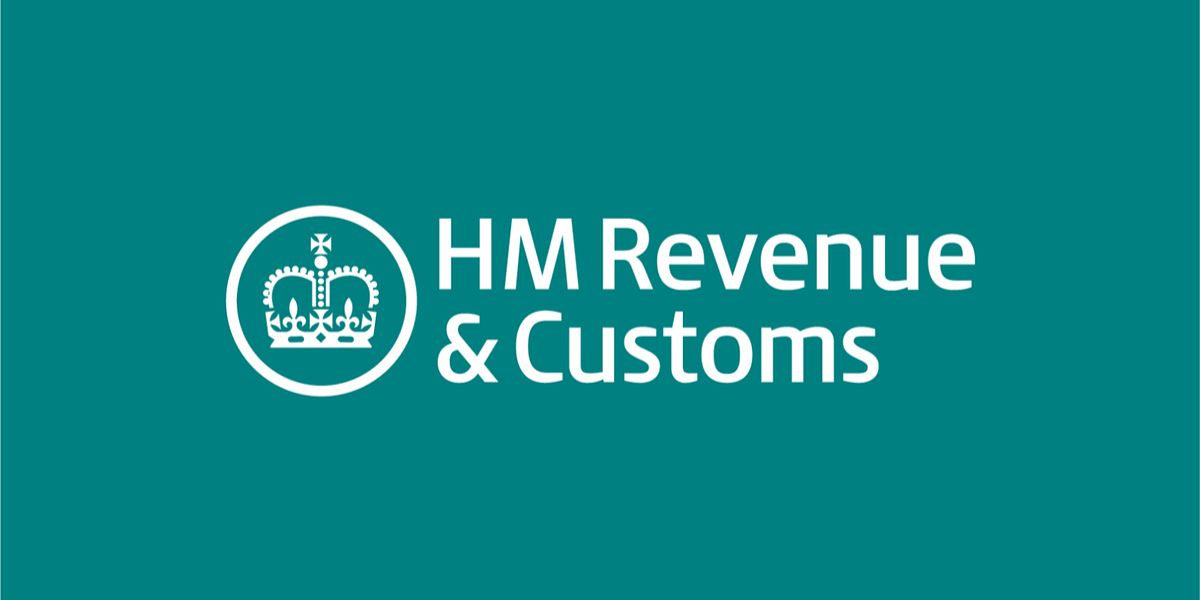On 16 September 2021 the UK government released the latest edition of Measuring Tax Gaps, estimating the tax gap for 2019/20 to be 5.3% of total theoretical tax liabilities, or GBP 35 billion.
The tax gap is the difference between the tax that the government considers should have been paid and the actual amount of tax that has been paid. The tax that should be collected is the total tax revenue if all taxpayers comply strictly with the tax law and follow HMRC’s interpretation of the intention behind the law.
Tax gap by type of tax
The tax gap in relation to income tax, national insurance contributions and capital gains tax was 3.5% in 2019/20, amounting to GBP 12.6 billion. This was the largest share of the total tax gap by type of tax. The corporation tax gap was 8% in 2019/20.
The tax gap for value added tax (VAT), also referred to as the VAT gap, amounted to GBP 12.3 billion. The excise duty gap was 5.9%; and the avoidance tax gap was GBP 1.5 billion. The tax gap from the wealthy customer group was GBP 1.5 billion in 2019 to 2020.
The tax gap for other taxes was 4%. Other taxes include aggregates levy, air passenger duty, customs duty, climate change levy, insurance premium tax, landfill tax, soft drinks industry levy, stamp taxes and inheritance tax. Those taxes collected an aggregate of GBP 37.1 billion and the tax gap for these other taxes was 4% of the aggregate amount.
Taxpayer type
In 2019/20, the largest element of the tax gap in terms of taxpayer type was attributable to small business. Around 43% of the tax gap or GBP 15.1 billion related to small businesses.
Taxpayer behaviour
The tax gap is also analysed by reference to the types of taxpayer behaviour giving rise to the gap. These behaviours include non-payment of tax; the use of avoidance schemes; legal interpretation of complex transactions; taxpayer error; failure to take reasonable care; tax evasion; the hidden economy and criminal behaviour targeting the tax system.
The analysis shows that failure to take reasonable care accounted for the largest proportion of the tax gap, amounting to 19% or GBP 6.7 billion. Legal interpretation, tax evasion and criminal attacks on the system all accounted for around 15% to 16% of the tax gap; non-payment of tax accounted for 11% or GBP 4.0 billion; and taxpayer error was 10% or GBP 3.7 billion.
Methodology
The tax gap is mainly calculated using either top-down or bottom-up methodologies. The top-down approach looks at external data on consumption to arrive at an estimate of the tax base. The tax base is then used to calculate a theoretical amount of tax that should be paid, and this is compared to the actual amount of tax paid.
The bottom-up approach looks at internal data and operational knowledge to compute the potential tax loss. Various methods and data sources are employed to estimate the tax lost within each area and these are combined to estimate the tax gap.
Around 86% of the 2019/20 tax gap was estimated using established methods while the rest was estimated by employing experimental methods, using the best available data, simple models and reasonable assumptions to estimate the tax gap.


















